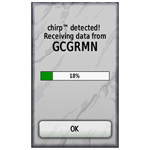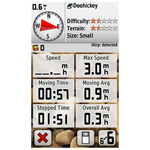If you geocache with students or youth group members, take a look at a new one-page flier "7 Ways To Use GIS for Geocaching". A GIS, or
Geographic Information System, is a powerful digital mapping tool that
for the geocacher can allow for the exploration or discovery of new caches. For those managing a geocaching course or even just a large number of caches, a GIS can also help.
For students and youth, a GIS like
ArcGIS Explorer desktop can be used to create a
multimedia maps that serves as a "report out" the geocaching adventure.
If you have suggestions for enhancing the flier, please let us know.




